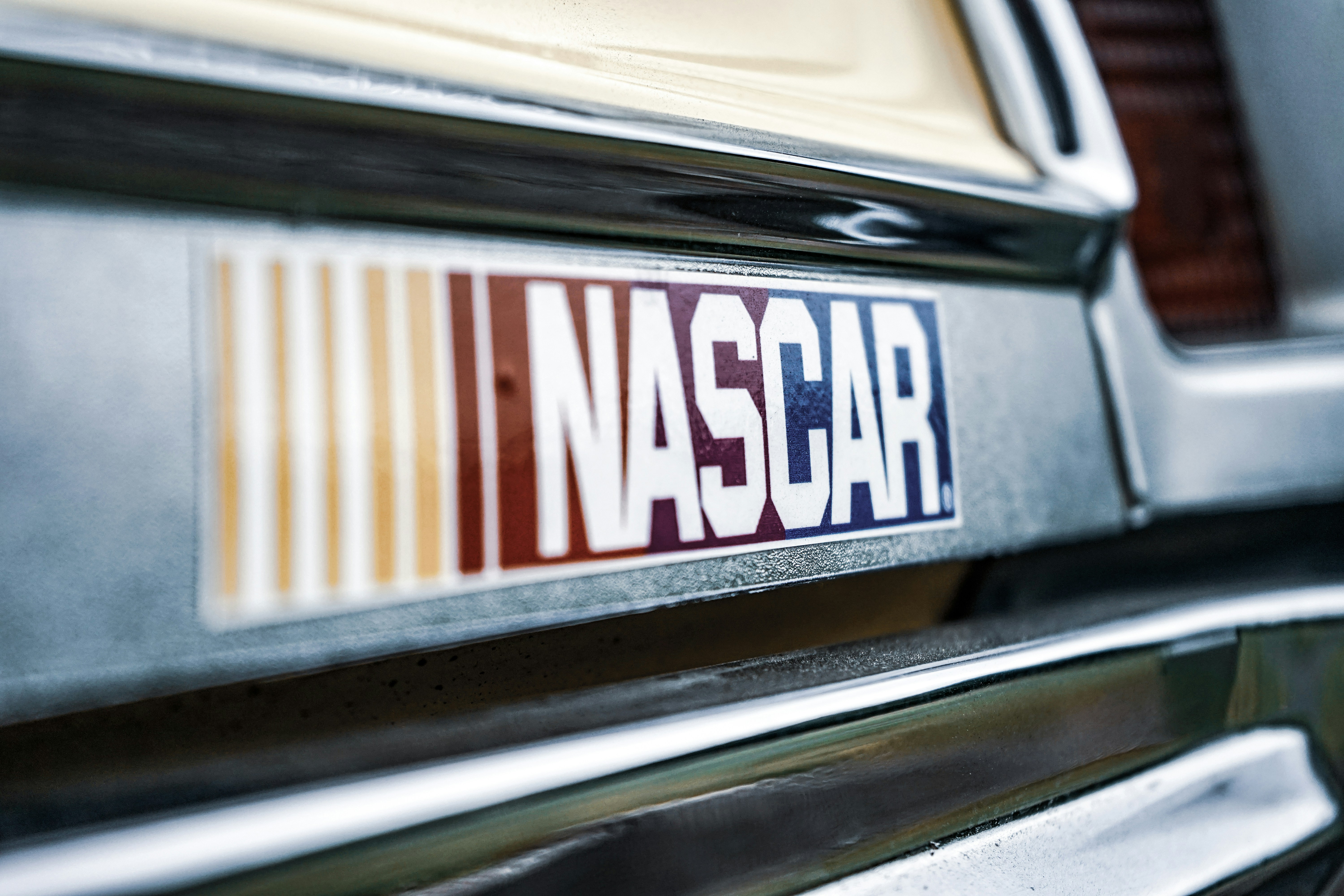Adrenaline & Axles: The High-Octane World of NASCAR Racing
Adrenaline & Axles: The High-Octane World of NASCAR Racing
The engines roar to life as forty colorful stock cars rev their high-performance V8 engines, ready to embark on a 500-mile, high-speed dance of adrenaline and axles. This is NASCAR (National Association for Stock Car Auto Racing), an American phenomenon that has evolved from humble roots on the beach sands of Daytona into one of the most popular spectator sports in the US.
The Origins of NASCAR: Bootleggers Turned Racers
Believe it or not, NASCAR has connections to bootlegging during the Prohibition era. Many early stock car racers got their start running moonshine on backroads and outrunning police. When Prohibition ended in 1933, these drivers started testing their skills against each other on local dirt tracks and beaches. As the sport grew in popularity, William France Sr. had the vision to organize it into a sanctioning body in 1947. On Feb. 15, 1948, the first NASCAR-sanctioned race was held in Daytona Beach. The rest is history.
The Cars: Purpose-Built for Speed
Today's NASCAR vehicles bear little resemblance to the production cars you see on the street. They are highly specialized, purpose-built race cars. Their streamlined, aerodynamic bodies help them cut through the air and stick to the track at incredible speeds. Under the hood, you'll find a thundering V8 engine tuned to produce over 700 horsepower. And don't forget the safety cage, racing seats, and multiple layers of fire protection. These machines are built for one thing: going fast and turning left.
The Tracks: From Short Tracks to Superspeedways
NASCAR races are held on various track types, each presenting unique challenges. Short tracks like Bristol and Martinsville are under a mile long and demand precision driving. Intermediate tracks between 1-2 miles favor balanced handling. And then there are the superspeedways like Daytona and Talladega – high-banked, 2.5-mile monsters that enable heart-pounding speeds over 200 mph. No matter the track, these drivers and crews must be at the top of their game to conquer them.
The Strategy: More Than Just Driving Fast
While speed is essential, races are not won on speed alone; strategy plays a huge role. Crew chiefs analyze tire wear, fuel mileage, aerodynamics, and other factors to determine the best pit stop and refueling strategy. The drivers themselves must balance aggression with patience, knowing when to charge hard and when to conserve the car. Keen instincts and split-second decision-making can make the difference between victory and defeat.
The Culture: Fans as Dedicated as the Drivers
The devoted fans are a huge part of what makes NASCAR unique. Many camp out in RVs for days before a race. Their die-cast collections and customized vehicles pay tribute to their favorite drivers. The infield becomes a massive tailgate party during race weekends, and the grandstands are packed with passionate, loudly cheering crowds. The incredible fan loyalty and dedication have helped fuel NASCAR's rise to the top of American motorsports.
The Danger: Ever-Present Risks at High Speed
Make no mistake – driving in circles at 200 mph carries inherent risks, and the crashes can be violent. The drivers accept these risks every time they strap in. Safety innovations like SAFER barriers, HANS devices, and fire-retardant suits have saved countless lives, yet the danger remains a reality of racing. The tragic losses of Dale Earnhardt, Adam Petty, and others have stunned the NASCAR community; still, the drivers continue to bravely climb behind the wheel, chasing checkered flags and victory.
The Future: Carrying the Sport Forward
NASCAR faces challenges moving forward – declining attendance, an aging fan base, and stiff competition for entertainment. But promising signs persist. Young drivers like Chase Elliott and Kyle Larson have emerged as stars. Meanwhile, manufacturers are introducing new models like the Next Gen car aimed at enhancing competition.
Additionally, the rise of sports gambling provides intriguing engagement opportunities with FanDuel Sportsbook. Fans can wager on a variety of different outcomes, such as the race winner, top-5 finishers, how many crashes occur, and even the length of the race. As long as that sense of speed, danger, and personality remains, NASCAR will continue to deliver high-octane excitement into the future.
The Need for Speed: Aerodynamics and Drafting
While horsepower provides the grunt, science provides the speed. Teams spend countless hours wind tunnel testing, computational fluid dynamics modeling, and tweaking tiny aero details to find speed. The steeply raked rear window and sharply tapered nose reduce drag, while the underbody splitters and side skirts channel airflow. Giant rear spoilers plant the rear tires using downforce. But the cars don't rely solely on aerodynamics.
Drafting, where one car follows closely behind another, provides a tow. The lead car punches a hole in the air, and the trailing vehicle gains speed in that pocket of reduced pressure. Finding the right balance of downforce, drag, and drafting for each track is the hidden science behind going fast in NASCAR.





